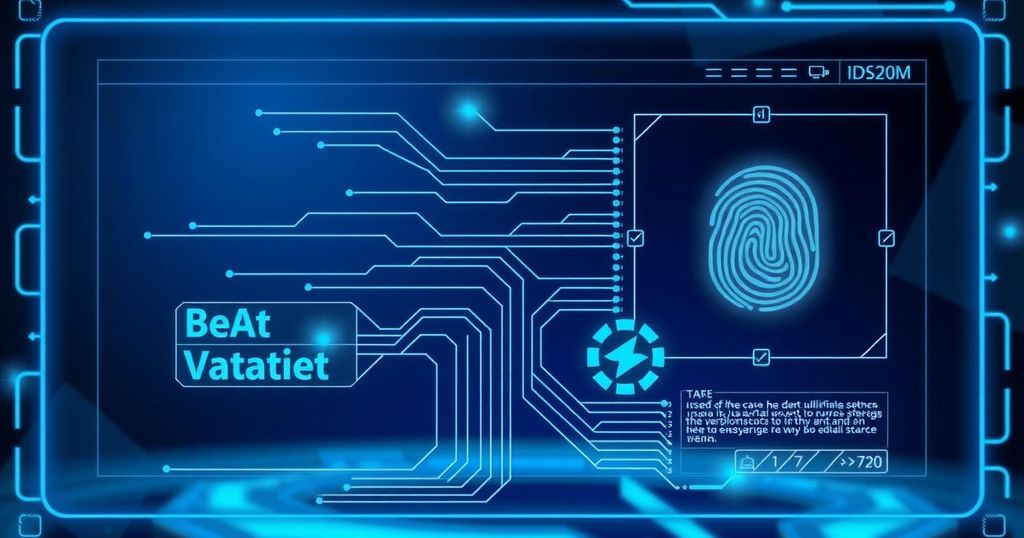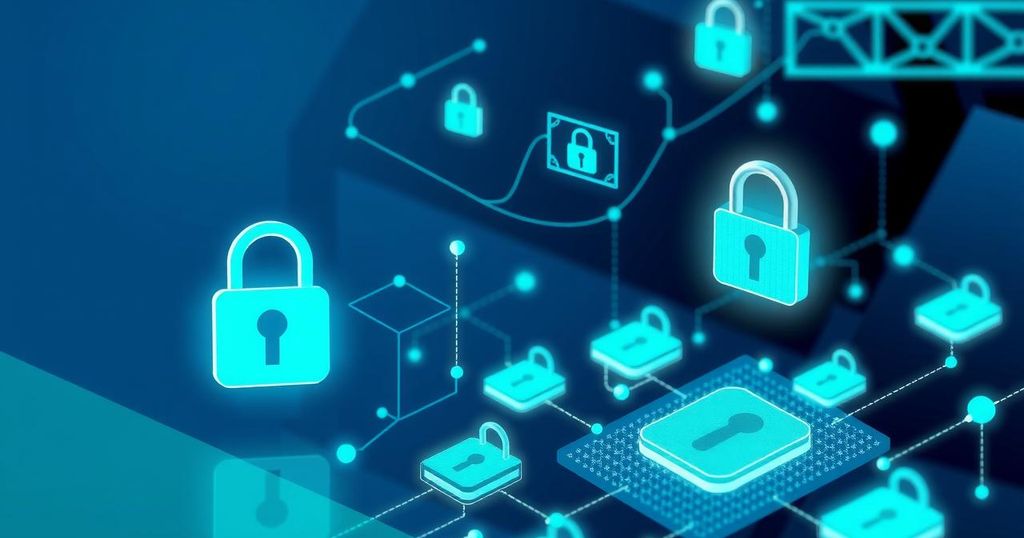The interoperability of digital IDs is crucial for their broader adoption, as highlighted at Identity Week 2024. Key themes include the need for ongoing collaboration, the importance of technical standards, and addressing inclusivity in digital identity solutions. Experts discussed the challenges and necessary developments needed for a unified system, stressing that progress must be made incrementally.
At Identity Week 2024, discussions around the interoperability of digital identity systems emerged as a crucial theme. The consensus appears to suggest that seamless interoperability across different identities—from federal to state agencies, and even internationally—is vital for the broader acceptance of digital IDs. Achieving this goal is compared to a game of hopscotch, where reaching each milestone requires careful and incremental efforts rather than a simple switch-flip process. Ryan Galluzzo, from the National Institute for Standards and Technology (NIST), highlighted that while interoperability is vital, conveying its necessity remains a challenge. He emphasized testing various use cases, with the current focus on mobile driver’s licenses (mDLs) for financial services, in collaboration with industry partners including Microsoft and Wells Fargo. Jeff Reich of the Identity Defined Security Alliance pointed out that technical standards are just as important as compelling use cases in the quest for interoperability. He introduced the concept of “technical diplomacy,” where standards are shared and aligned globally, especially emphasizing the needs of the Global South which is often overlooked in digital identity discussions. Andrew Black from ConnectID reinforced the need to address the digital divide in discussions on inclusivity, underlining that interoperable standards are fundamental to integrating digital identity into everyday use. Jordan Burris from Socure suggested that transparency regarding the underlying technologies—such as AI, biometrics, and blockchain—is essential for evaluating interoperability effectively. Finally, Hannah Kim, director of Login.gov, encapsulated the essence of the dialogue by stating, “Identity is a basic need. In an increasingly connected world, without having a digital identity, you’re not being allowed to fully participate in society.” The pathway to achieving a unified approach in digital identities is clear: it must be navigated one step at a time, with collaboration among stakeholders, a focus on inclusivity, and adherence to shared standards.
Digital identity, as a concept, refers to the online representation of individual identities which can be utilized across various services and platforms. The development of standards for digital ID interoperability raises the potential for improved public services, cross-border transactions, and access to social services. As governments and organizations transition towards digital identities, challenges like inclusivity, technical standards, and transparency become prominent. The dialogues at events like Identity Week are essential for addressing these complexities and for progressing toward a universally accepted digital ID system.
In summation, achieving digital ID interoperability requires extensive collaboration, adherence to standard practices, and a strong focus on inclusivity. As the digital landscape evolves, the need for a transparent, equitable, and universally applicable digital identity framework becomes paramount. By addressing these challenges methodically, stakeholders can pave the way for a comprehensive and effective digital identity solution that serves diverse populations nationally and globally.
Original Source: www.biometricupdate.com






